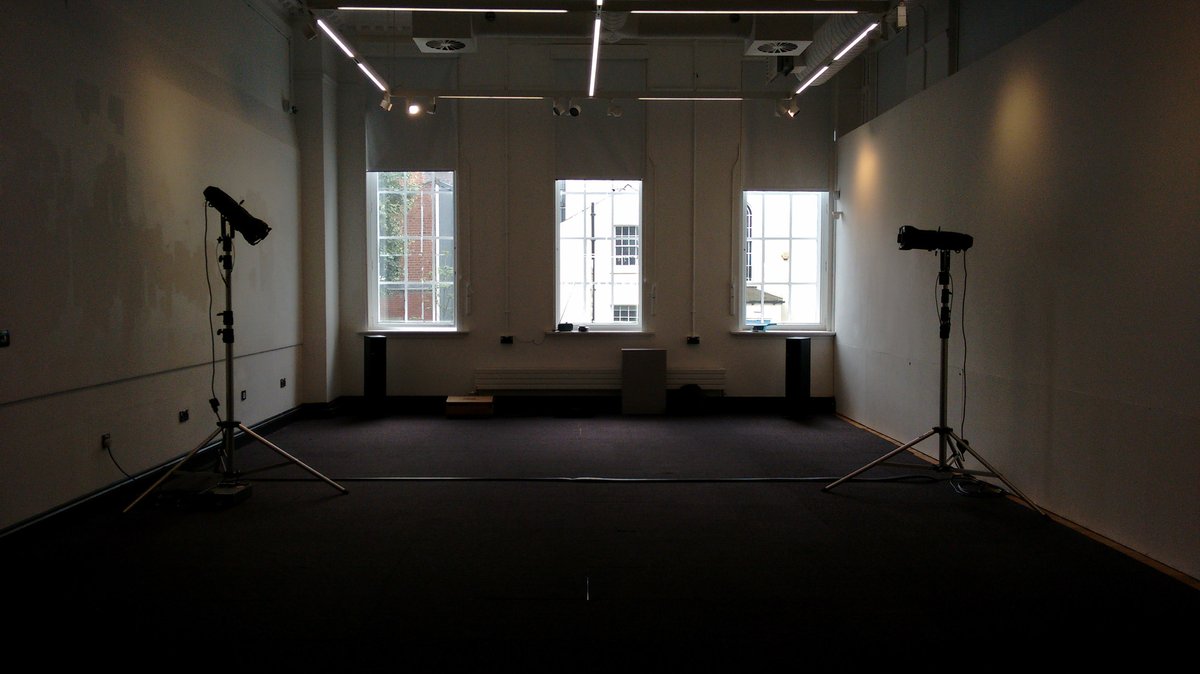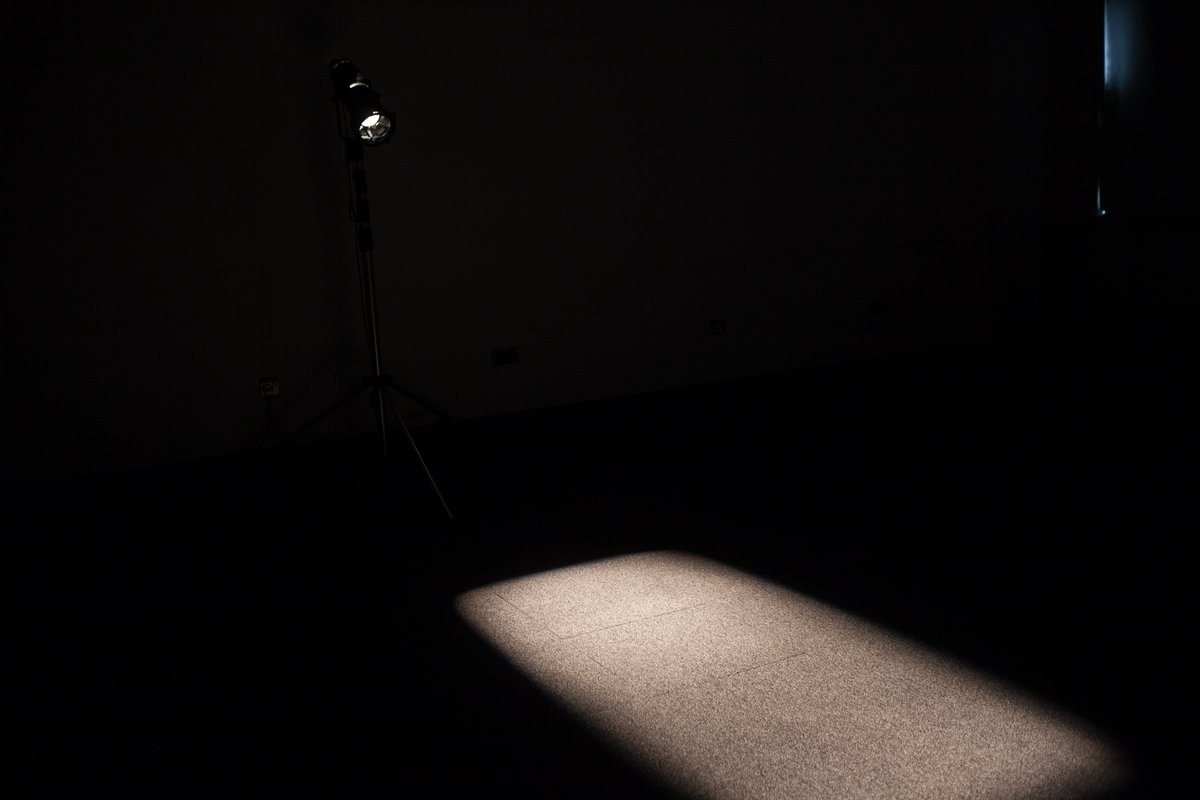‘Ma’ is a Japanese concept which describes relationships between things; it is often explained as an aesthetic of ‘in-betweeness’, the empty space in between books on a bookshelf, or the space in time between the sunrise and sunset.
Ma exists between form and non-form, physical objects and empty space. In Ma, empty space is not truly empty but instead is full of possibility, awaiting and inviting imagination by which it might be animated: the empty bookshelf is a potential library, the time between the rising and setting of the sun the opportunity to fulfil many possible activities. We might think of the aesthetic of Ma like a frame; a picture frame with no picture inside will still inspire the viewer to conceive of the possibility of a painting inside of the frame.
It also describes the older Japanese notion of an inseparable space/time dimension, one which can be more literally translated into the Western idea of place. Place connotes the idea of space as defined by events (temporal) which occur within it, and similarly of particular events which necessarily occur in particular spaces. Ma in this sense can carry associations of ritual: the ritual of attending church (space) on Sunday mornings (time), or the ritual of sitting in a dining room to eat in the evening.
Room for Thought is an audio-visual installation which explores this notion of space, the ‘emptiness’ in the sparse sounds and minimal visuals inviting the listener/viewer to contemplate the possibilities of what might fill it. In this way. the imagination of each individual audience member is the central part of this work: ‘There is no singular and universal impression of the “real-world”. What “real-world” means to each individual may be quite different... [1].’
The installation was organised in partnership with the School of Music.
Project Space, 16 – 26 August 2017
[1] Andrew Hill, ‘Listening for Context: Interpretation, abstraction and the Real’, Organised Sound, 22.1 (2017), 11–19, p. 14.


